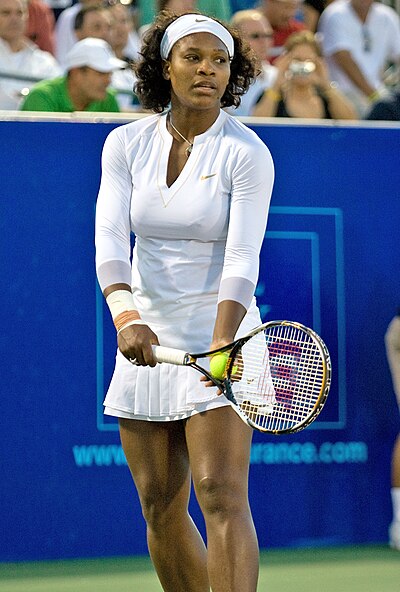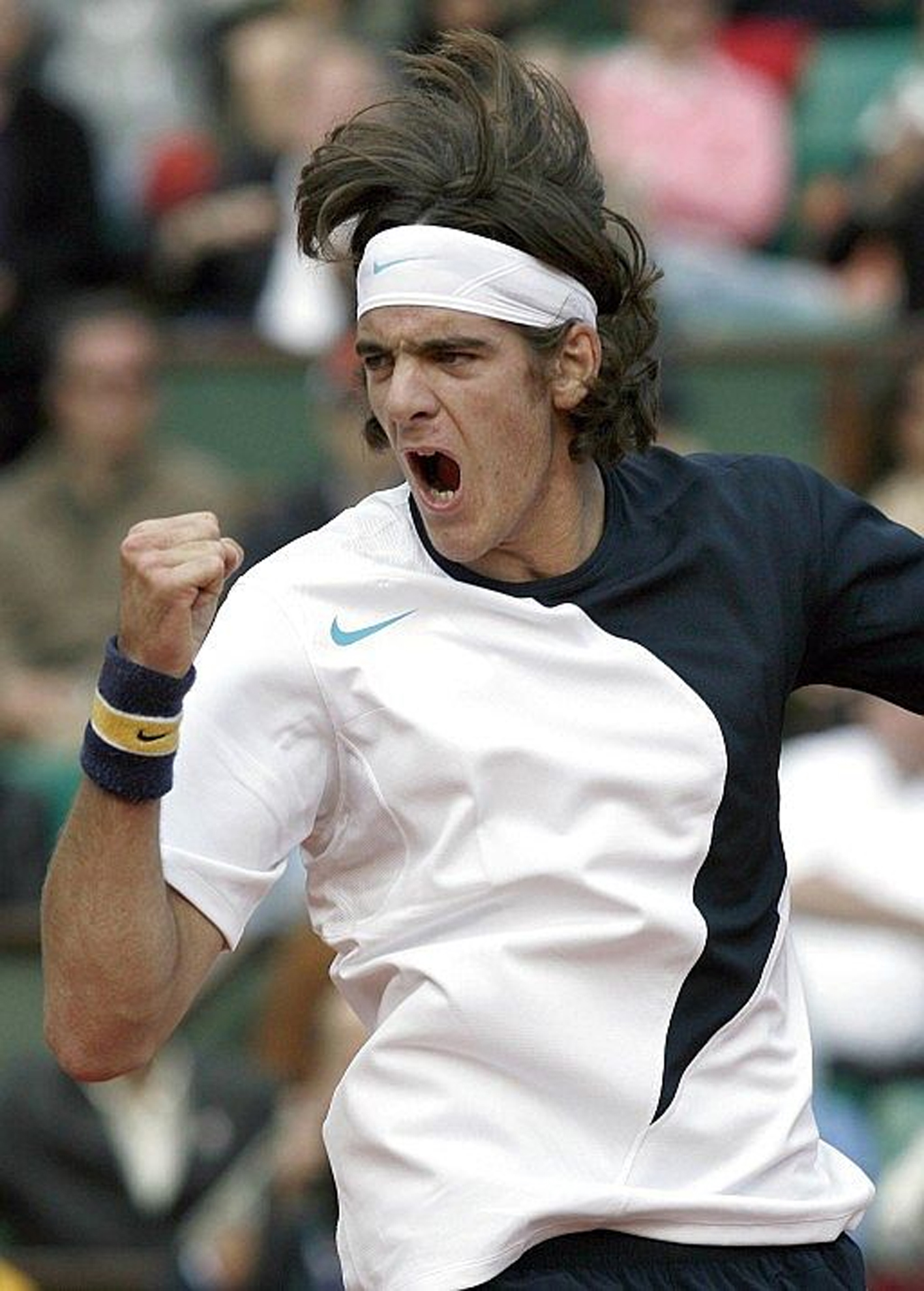Serena Williams is the 7th female Dai-Yokozuna of the open era.
 Last night Serena Williams won the 2009 Australian Open in sytle, blasting past the brave but overmatched Dinara Safina, who will be promoted from Sekiwake (=Junior Champion I) to Ozeki (Champion) after this tournament. This is Serena's 10th Grand Slam title. In Ozumo, 10 titles is commonly seen as the threshold for a Yokozuna (=Grand Champion) to be considered "Dai" -- i.e., "great".
Last night Serena Williams won the 2009 Australian Open in sytle, blasting past the brave but overmatched Dinara Safina, who will be promoted from Sekiwake (=Junior Champion I) to Ozeki (Champion) after this tournament. This is Serena's 10th Grand Slam title. In Ozumo, 10 titles is commonly seen as the threshold for a Yokozuna (=Grand Champion) to be considered "Dai" -- i.e., "great".Dai-Yokozuna is not a rank (like Yokozuna or Ozeki) but an honorary title. Thus far in the open era, only seven female tennis players have earned this attribute:
(1) Margaret Court, whose 24 grand slam titles (between 1960 and 1973) are still the record, 11 of them in the open era;
(2) Court's great rival Billie Jean King (12 grand slams 1966-1975, 8 of them in the open era);
(3) Chris Evert (18 slams, 1974-1986),
(4) Martina Navratilova (18 slams, 1978-1990);
(5) Steffi Graf (22 slams, 1987-1999);
(6) Monica Seles (9 slams, 1990-1996); and now
(7) Serena Williams (10 slams, 1999-2009).
Seles falls one short of the common threshold but is considered a Dai-Yokozuna nonetheless, given that her career was interrupted by a violent attack from a deranged fan that cost Seles several years of her career.
And now there is Serena. Serena started her Grand Slam career in 1998 at age 16, one year after her older sister, fellow Yokozuna Venus Williams. Her first great success came at end-1999 when she won the US Open, beating three Yokozuna on the way to the title: Monica Seles, Lindsay Davenport and Martina Hingis and earning an immediate promotion to Sekiwake. Serena then stayed at lower sanyaku level for the next 2 1/2 years, until she suddenly exploded in 2002, winning 4 grand slam titles in a row, starting with the French Open. No player since Steffi Graf in 1993/94 had achieved this feat, and no player has since. 2002 also saw Serena's promotion to Ozeki and then Yokozuna, as well as her first world #1 ranking, inherited from Venus.
Serena's career had her setbacks. From 2003 chronic knee injuries made her miss several grand slam tournaments or play them with insufficient preparation. By 2006, she was not considered an active Yokozuna any longer, as she had not reached a grand slam quarterfinal in more than a year, i.e. since her victory at the Australian Open of 2005. Other players, like Yokozuna Justine Henin or Ozeki Maria Sharapova, took over as the sport's leading competitors.
Serena burst back onto the scene by winning the Australian Open 2007 out of the blue, beating Sharapova in the final, but resumed her former domination in full only in 2008, when she reached the Wimbledon final (losing to Venus) and now won back-to-back the US and the Australian Open.
In my open era player rankings I keep Serena at #7 for now, behind her six fellow Dai-Yokozuna. But two more grand slam titles and Serena would overtake King and Seles and move to #5. Given how Serena has performed recently, there is little doubt she could achieve also this. Only Court, Graf, Navratilova and Evert would then remain ahead of her (that are probably out of reach).
For Serena's full career record see here (to come).





 Maegashira M2E Juan Martin del Potro reached the quarterfinals by beating M7W Marin Cilic in four sets. Together with his quarterfinal participation at the 2008 US Open this secures del Potro's promotion to Komusubi (=Junior Champion II), his career-first sanyaku rank. Another win in the quarterfinals and the Argentine is Sekiwake (=Junior Champion I). Three more wins and the 2009 Australian Open title and he is Ozeki (=Champion). In the quarterfinals, del Potro will meet Yokozuna (=Grand Champion) Roger Federer, who had more trouble than expected with M8W Tomas Berdyrch.
Maegashira M2E Juan Martin del Potro reached the quarterfinals by beating M7W Marin Cilic in four sets. Together with his quarterfinal participation at the 2008 US Open this secures del Potro's promotion to Komusubi (=Junior Champion II), his career-first sanyaku rank. Another win in the quarterfinals and the Argentine is Sekiwake (=Junior Champion I). Three more wins and the 2009 Australian Open title and he is Ozeki (=Champion). In the quarterfinals, del Potro will meet Yokozuna (=Grand Champion) Roger Federer, who had more trouble than expected with M8W Tomas Berdyrch.